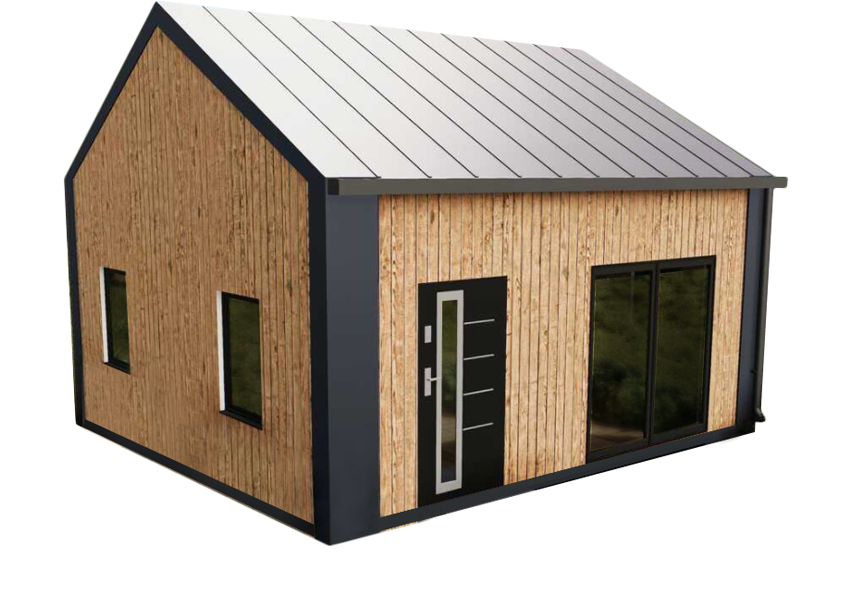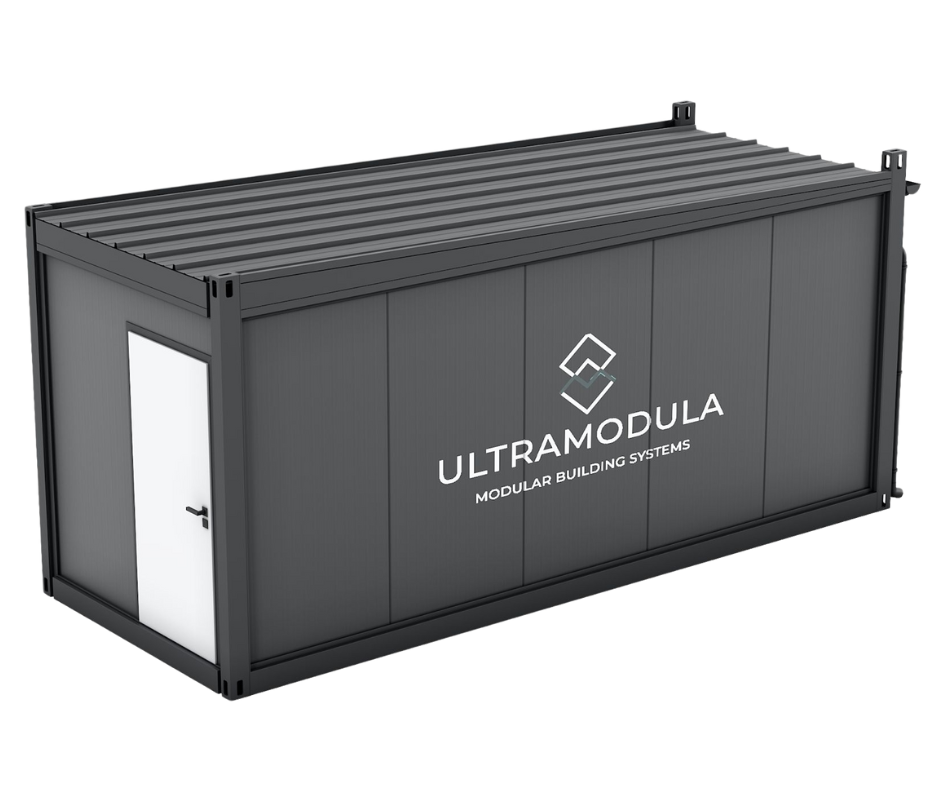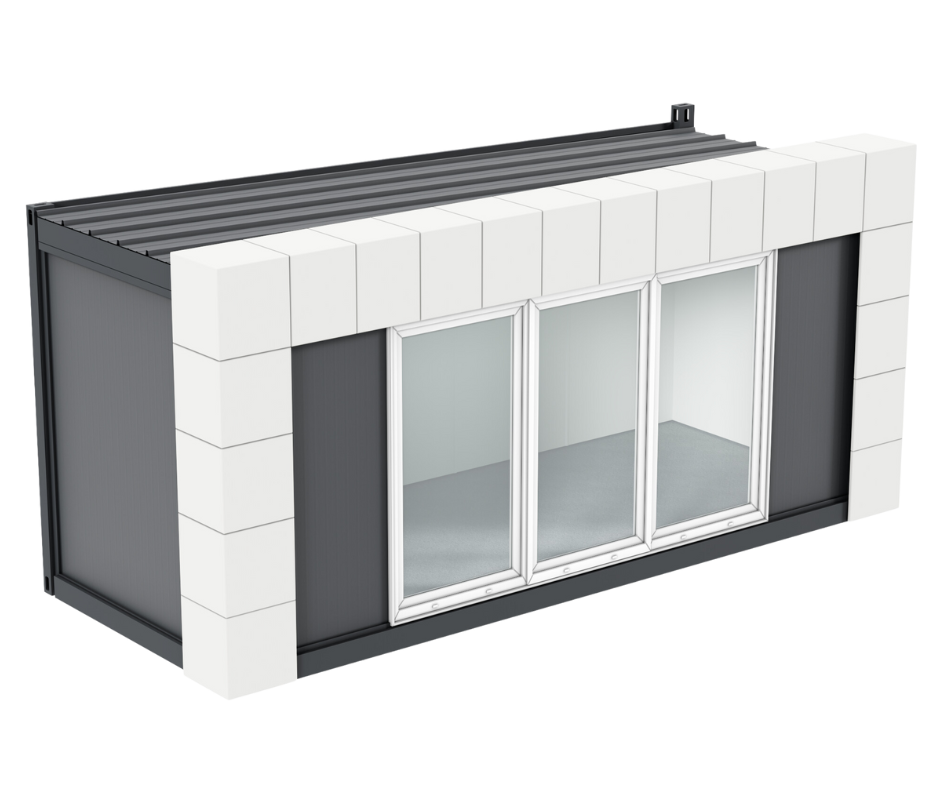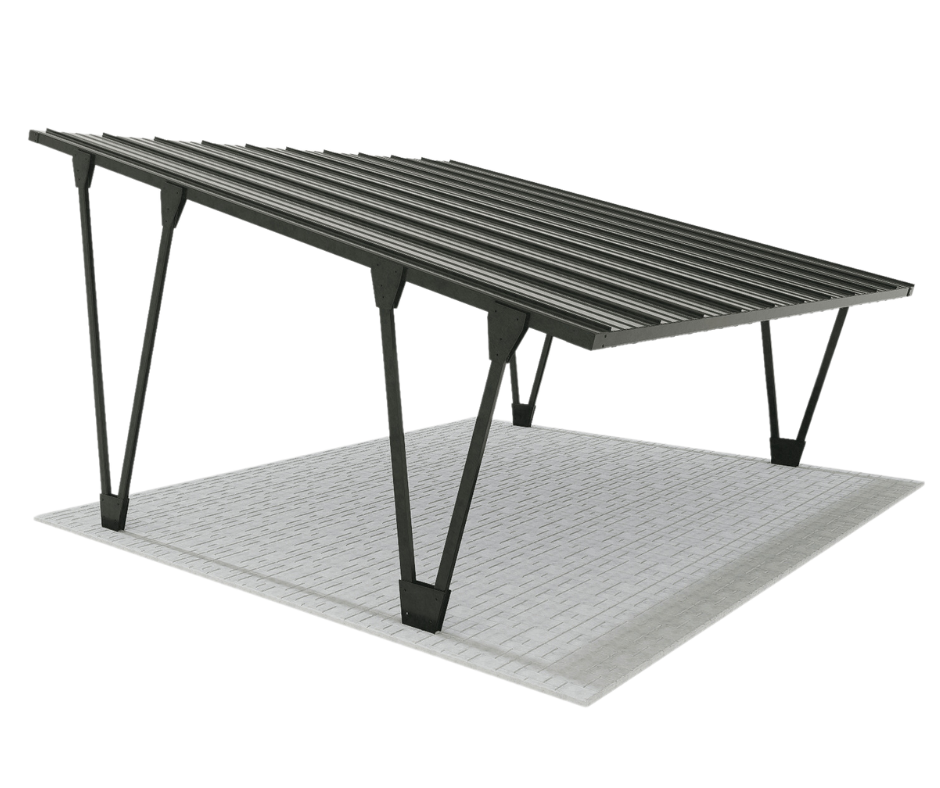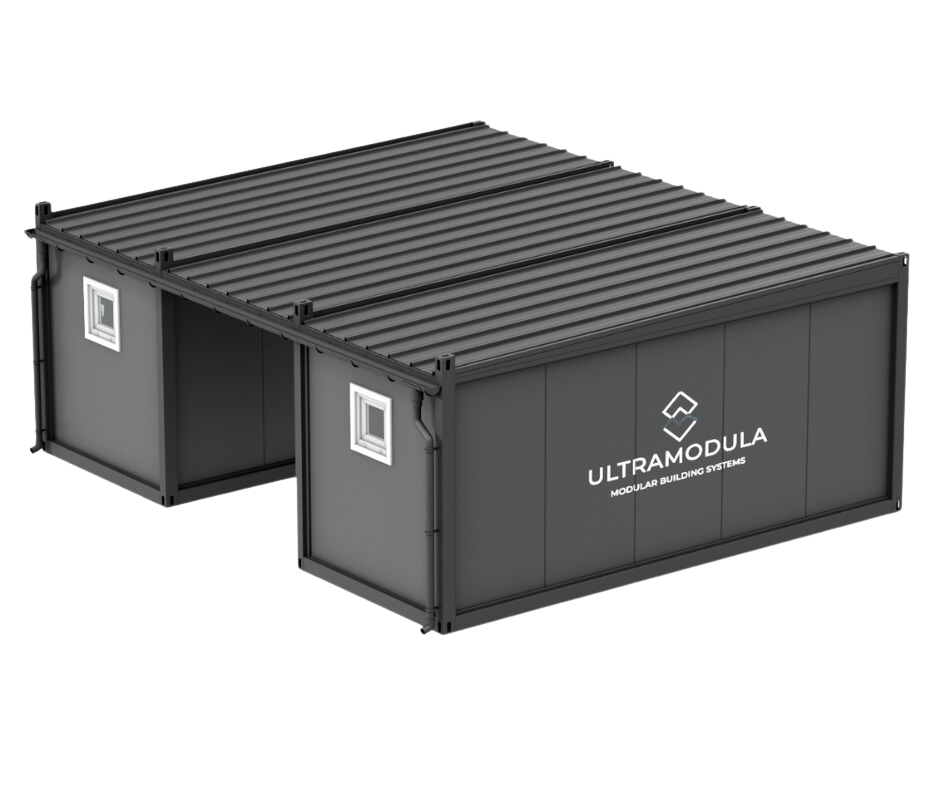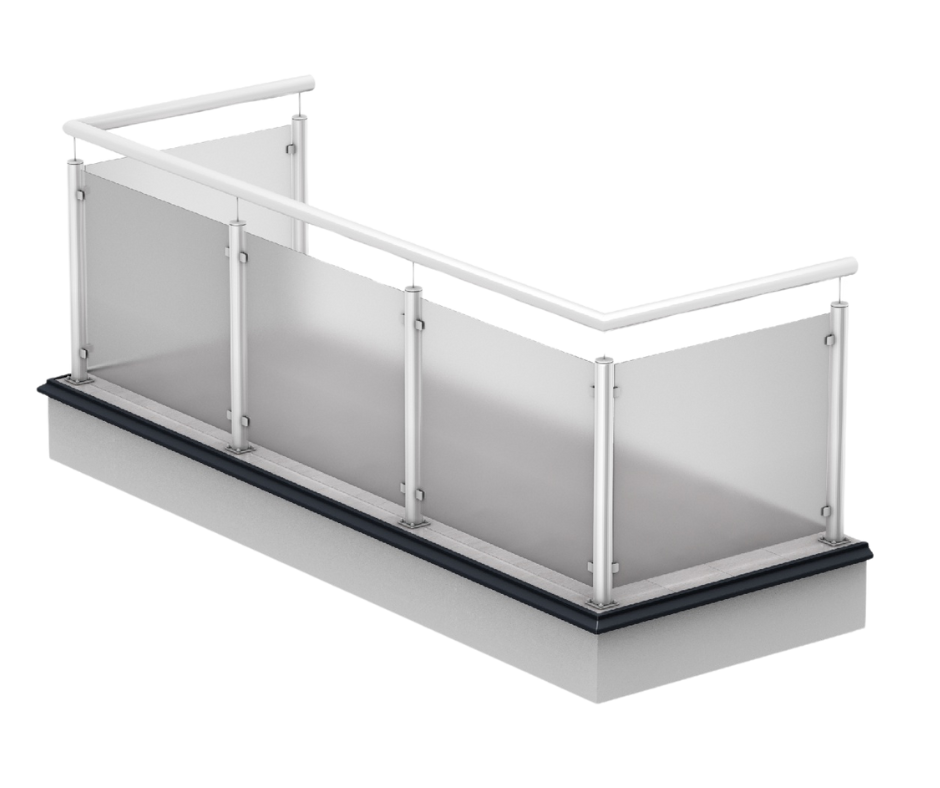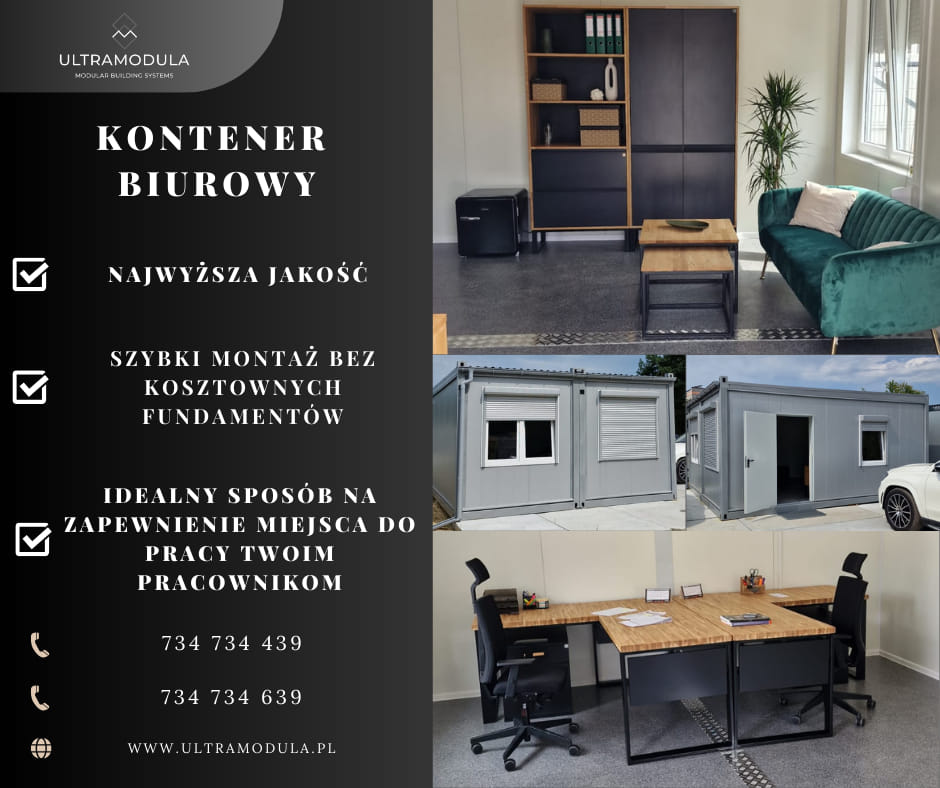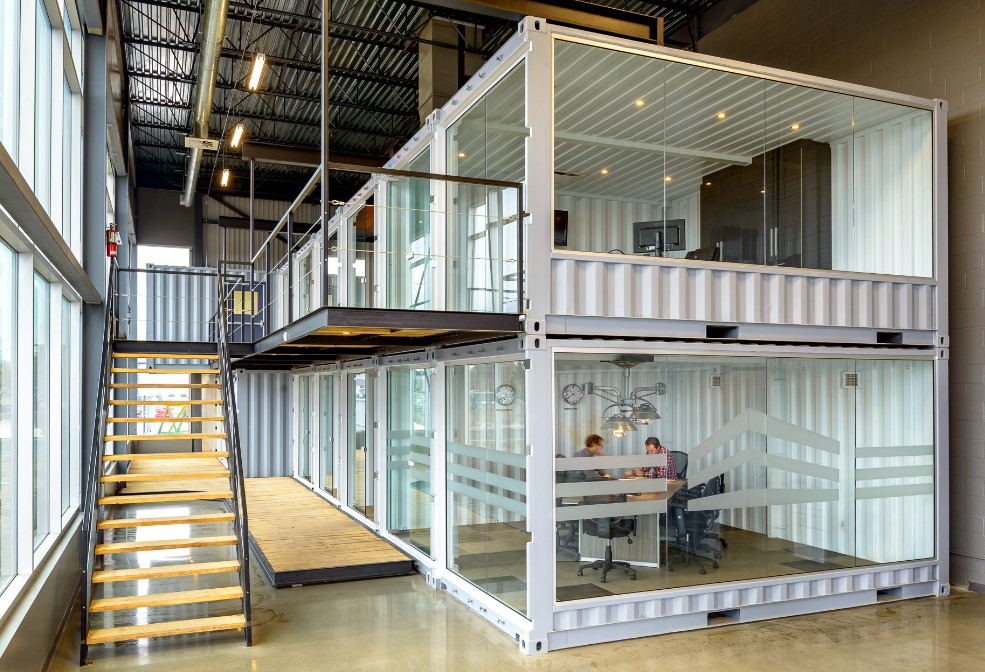Remote and hybrid work in Poland are new forms of work organization that have gained popularity primarily due to the coronavirus pandemic. Of course, they have many advantages, but also disadvantages, both for employees and employers. On the one hand, they can provide greater flexibility, saving time and money, and a better work-life balance. On the other hand, they may be associated with loss of contact with colleagues and superiors, deterioration of working conditions and ergonomics, loss of motivation and, consequently, effectiveness, as well as problems with the protection of personal data and trade secrets.
Research conducted by Skanska and Business Link shows that every third Pole who performs office work favors working only at the company's headquarters. As many as 48% of respondents indicate the hybrid model as optimal, and 17% would like to work only remotely.
What really are remote and hybrid work?
Pursuant to the law, remote work involves performing work entirely in the place indicated by the employee (usually the employee's place of residence) and each time agreed with the employer. Hybrid work, or officially: "partial remote work", combines remote work with stationary work at the company's headquarters. Both forms of work were legally regulated by the amendment to the Labor Code, which entered into force on April 7, 2023.
In practice, remote work most often means simply working on your own house or any other place (agreed in advance with your supervisor). A more complex form is the so-called hybrid work. Here, we spend part of our working time at the headquarters (office) of the company and some outside it. The proportion in which this time is divided, whether these are fixed or flexible days, or whether there must be a minimum number of days of office work per week or month, depends on the arrangements between the employee and the employer. A common model is 1 or 2 days of stationary work in the office per week and 3 or 4 days of remote work, respectively. This allows the employee to maintain good contact with colleagues and at the same time facilitates the organization of private time without wasting time commuting.
Hybrid work, or to put it officially: partial remote work, requires special solutions in terms of space design. On the one hand, you need to provide space for employees, and on the other hand, it is known that companies do not want to incur the costs of an empty space officeswhen most people work from home. Thanks to its structure, flexibility and mobility, offices container are a good solution for creating an effective remote and hybrid work environment.
Flexibility of container offices and adaptation to the requirements of hybrid work
Companies that allow employees to partially work outside the office must be ready for the challenges associated with it. Not every building office is adapted to a work model that requires both comfortable common spaces and individual work spaces, as well as the ability to quickly change the layout and function of rooms. That's why more and more organizations are choosing container offices, which offer many advantages over classic designs.
key feature offices containerthat supports the creation of effective spaces for companies working in a hybrid model is their flexibility. This is the best response to the evolution of trends in work organization. Container offices, thanks to their simple, modular structure, are able to adapt to various types of tasks, but the most important feature of this solution is the ability to quickly reconfigure the space depending on the current needs and business conditions, e.g. by quickly expanding the office with another container in a situation when the company is implementing a large project and more people need to work permanently in the office.
Expansion possibilities of container buildings
Containers modular, offered by renowned manufacturers, are an effective method of constructing objects with a virtually unlimited surface area. Professional modular solutions enable free, very quick and easy connection containers in any way, using a standardized connection system and optimally matched sizes. The most popular technique for expanding container buildings is to connect containers using dedicated connectors, which allows for easy change of existing structures.
The three key features that make containers such a flexible solution are unified dimensions, durable connectors and durable construction. Standardization of dimensions enables simple connection of containers, which in turn allows for flexible adaptation of the project to the dynamically changing needs of the office. Dedicated connectors, in turn, ensure not only solid connections, but also guarantee the durability of the entire structure, even in the case of more advanced architectural designs.
Flexibility is also the result of a durable construction
When it comes to connecting containers, there are many design options: fastening with the short or long side, as well as stacking them. Especially the latter option is only possible for products with an appropriate design. It must be durable to maintain the stability of the final product building. At least on the surface building containers may seem simple, but in fact it requires an advanced structure, the design and implementation of which requires specialized knowledge and properly selected materials. For high-quality models, the frame container is welded from cold-bent sections with a minimum thickness of 4 mm, and the columns are made of solid sections, also cold-bent. To ensure stability, the poles are bolted to the upper and lower frames, which additionally strengthens the entire structure. In order to further stiffen the entire body of the container, the floor is made of OSB boards approximately 20-22 mm thick.

Container office
Remote work environment and the mobility of container offices
The remote work environment and the mobility of container offices are the perfect combination for modern organizations. They realize that traditional offices are not always the best solution in the context of modern remote work trends. Container offices offer an innovative approach to organizing workspace, enabling quick responses to dynamic changes in the market.
Quick and easy assembly
Speed, ease and low installation costs are the key modular containers at the forefront of solutions enabling trouble-free relocation of objects as needed. Office containers They are designed for easy transport, which makes them unique mobile. This feature allows them to be freely moved from one place to another, adapting to changing business conditions, for example the need to temporarily relocate the accounting center to the vicinity of shipping warehouses during the period of intense holiday trade.
Economical transport
Moreover, for transporting containers modular no specialized equipment is required. All you need is an ordinary car equipped with HDS, which further minimizes logistics and transport costs. Thanks to this, companies gain not only mobility, but also savings in time and resources.
Use of containers modular technology allows organizations to flexibly respond to dynamically changing needs. If it is necessary to move or expand office space, there is no need to invest in permanent structures that are difficult to modify.
Container office equipment and an effective remote and hybrid work environment
As you can see, modern container offices are the answer to the growing need for flexible workplaces. However, their effectiveness depends largely on appropriate interior design. Due to the small space and the variable number of people using the office container every day, first of all, you need to remember about multifunctionality - both in the context of furniture and the purpose of the space.
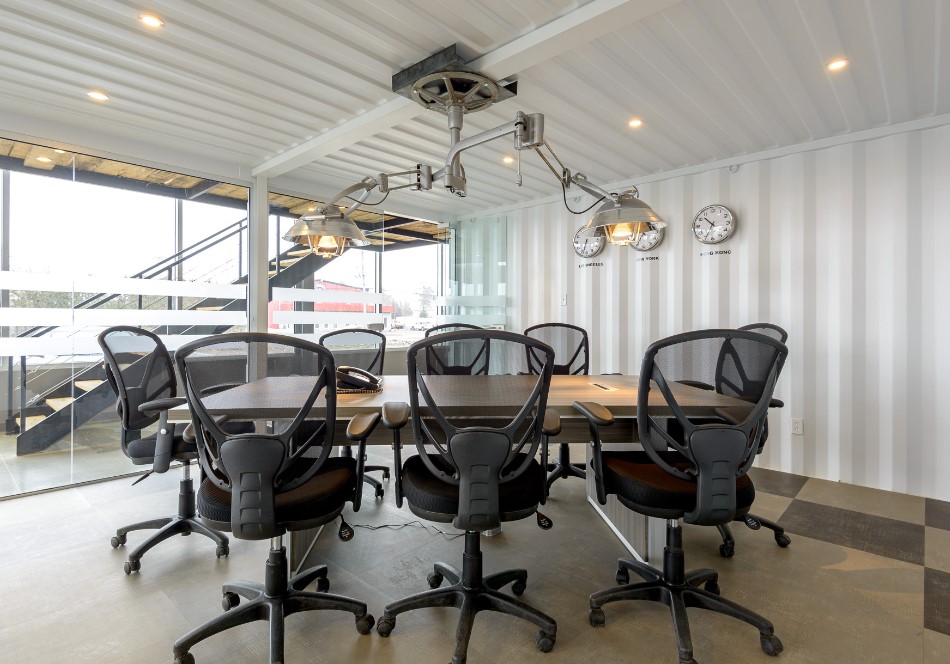
Conference room in the container office
Meeting room or individual work space?
By selecting foldable, height-adjustable tables and stackable chairs (i.e., stacked one on top of the other), you can use one room in multiple ways. At one moment it can be a meeting room where teams work on projects, and then quickly transform into a quiet place for individual work. This multifunctionality not only increases the efficiency of the space, but also responds to the changing needs of the team.
Technology that promotes communication
In teams working dispersed, the most important issue is efficient communication. Modern technologies and dedicated applications make it much easier. What is necessary in a container office to create a good remote and hybrid work environment?
- A common virtual space, i.e. simply a platform for sharing documents, co-creating content or managing projects. Such tools allow for easy ongoing collaboration on tasks. This way, regardless of whether team members work remotely permanently or hybridly, everyone has access to up-to-date information and can effectively coordinate their activities.
- Communication tools, such as applications, but also good quality videoconferencing equipment are crucial when working remotely. Thanks to them, employees can comfortably maintain contact, exchange information and conduct meetings, even when in different locations. This definitely improves cooperation and shortens the distance between team members.
- Schedules and rules for both team and individual meetings - defining them makes it easier for employees to organize their working time and focus on key tasks.
- Organizational culture, although not a "technology", also plays an important role in creating an effective remote and hybrid work environment. Employees container office they should feel involved and supported by the company, regardless of where they currently work.
Only change is constant
In light of the dynamic changes that have occurred in the way we work, container offices have become an important part of the future of remote and hybrid work. Properly designed, they can be an element supporting a modern work environment, enabling employees flexibility and freedom, while ensuring the efficiency of their work. Only mobile solutions, such as container offices, will be able to keep up with the constant changes in the modern world.

